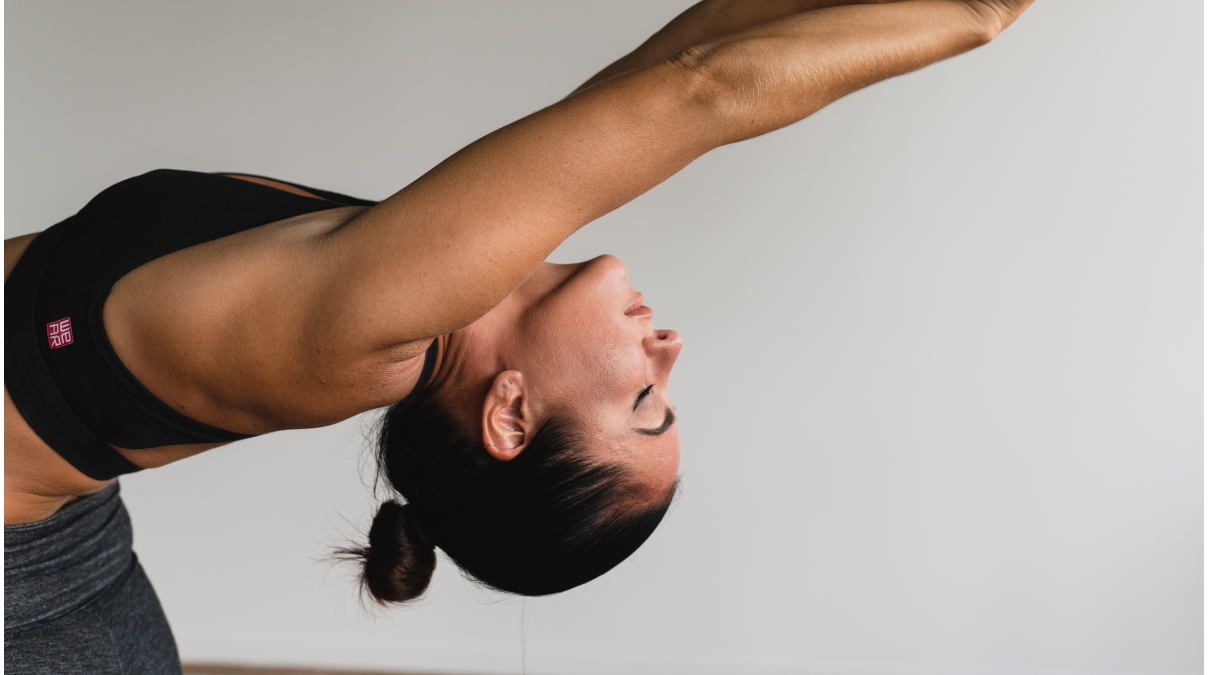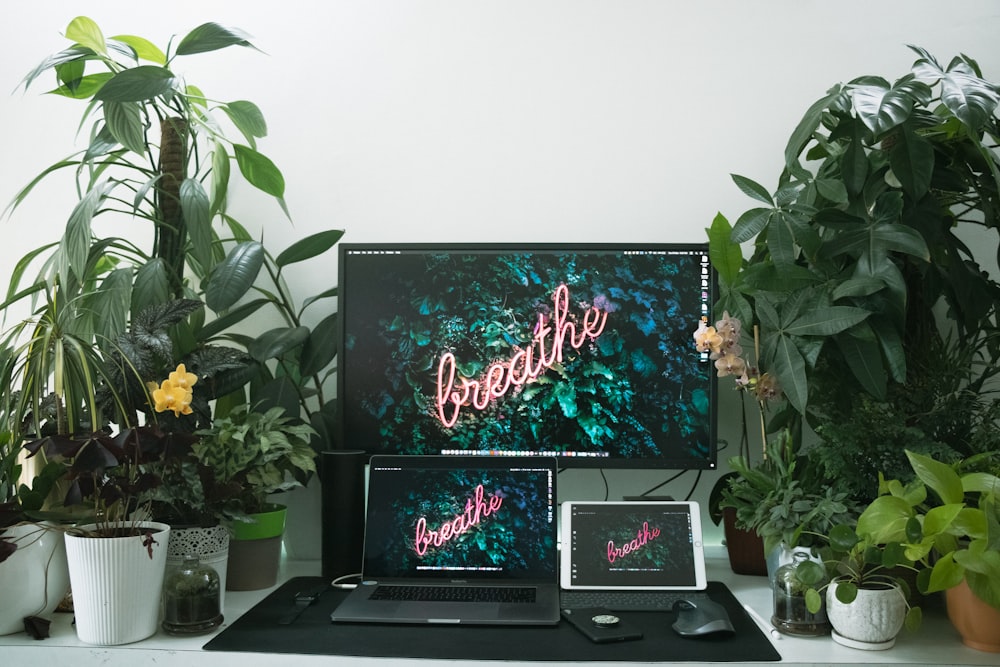
Proper breathing techniques are crucial for your health, but many people fail to perform mindful breathing exercises. Your blood cells receive oxygen and emit carbon dioxide when you breathe in air. Better breathing can result in a better oxygen supply to your brain (leading to improved cognitive function) and a healthier oxygen supply to your body. Breathing problems can disrupt oxygen and carbon dioxide exchange, leading to anxiety, panic attacks, exhaustion, and other health problems.
Your parasympathetic nervous system is activated when you breathe deeply with a gradual and steady inhalation, and long exhale. Long, deep breaths can also help reduce stress, calm racing thoughts, regulate your heartbeat and calm your nervous system. Some people’s breathing is too shallow when they’re stressed, and they need to practice breathing exercises to self-soothe.
If you want to strengthen your lungs or reduce anxiety, try these 6 highly effective breathing exercises:
1. Diaphragmatic Breathing
Belly breathing or diaphragmatic breathing can assist you in effectively using your diaphragm to increase oxygen supply. When you’re feeling relaxed and rested practice belly breathing exercises. You may feel exhausted at first, but the technique should grow easier and more natural as time goes on.
How to do it:
- Lie down on your back with your knees bent and your head propped up on a pillow.
- For further support, place a pillow under your knees.
- Allow yourself to feel the movement of your diaphragm by placing one hand on your upper chest and the other below your rib cage.
- Inhale slowly through your nose, your stomach pressing on your hand.
- Maintain as much stillness as possible with your other hand. This means that your chest should not move, but your belly should rise and fall.
- Exhale through your mouth, tightening your stomach muscles while keeping your upper hand steady.
To make this breathing exercise more effective, train and strengthen your diaphragm muscle. Place a book or 5 pound weight on your belly as you breathe in and out. Once you’ve mastered belly breathing while lying down, do it while sitting in a chair to enhance the difficulty.

2. The 4-7-8 Breathing Technique
The 4-7-8 breathing technique is based on breathing exercises known as pranayama. The ancient yogic discipline of pranayama is the control of one’s breath. These forms of mindful breathing exercises have been found to offer numerous stress-relieving and relaxation advantages. Dr. Andrew Weil created the 4-7-8 breathing technique. He describes it as a “natural nervous system tranquillizer.”
How to do it:
Find a comfortable spot to sit or lie down to practice 4-7-8 breathing. Make sure you have decent posture, especially when you first start out. If you’re utilizing the technique to fall asleep, it’s better to do so while lying down.
Rest the tip of your tongue against the roof of your mouth, just behind your top front teeth, to prepare for the practice. Throughout the practice, you must keep your tongue in place. It takes a lot of practice to keep your tongue from moving when you exhale. When you purse your lips, it’s simpler for some folks to exhale during 4-7-8 breathing.
All of the actions below should be completed in a single breath cycle:
- Allow your lips to part first. Exhale thoroughly via your mouth, making a whooshing sound.
- Then, as you count to four in your thoughts, seal your lips and inhale discreetly via your nose.
- Then hold your breath for seven seconds.
- Make another eight-second whooshing exhalation from your mouth.
- You start a fresh breath cycle when you inhale again. For four complete breaths, repeat this process.
The most important component of this exercise is holding your breath for seven seconds. When you’re initially starting out, it’s also recommended that you only practice 4-7-8 breathing for four breaths. You can gradually increase the number of full breaths to eight. This breathing method should not be used on a regular basis.
3. Deep Breathing Outside
Deep breathing outside helps you breathe in more fresh air and relieves shortness of breath by preventing air from becoming stuck in your lungs. It might make you feel more at ease and in control.
To do so, follow these steps:
- Draw your elbows back slightly while standing or sitting to allow your chest to expand.
- Take a deep breath in through your nose and exhale slowly.
- For a count of 5, hold your breath.
- Exhale slowly through your nose to release your breath.
4. Humming Bee Breath (Bhramari)
This yoga-inspired breathing practice’s distinct sensation helps to establish instant tranquillity and is especially relaxing over your forehead. Some people to ease tension, anxiety, and anger use humming bee breath. Naturally, you’ll want to practice it somewhere where you can generate a humming sound.
- To do so, follow these steps:
- Choose a seated position that is comfortable for you.
- Relax your face by closing your eyes.
- Place your index and middle fingers on the tragus cartilage, which partially covers your ear canal.
- Inhale and softly press your fingertips into the cartilage as you exhale.
- Make a loud buzzing sound with your mouth closed.
- Carry on for as long as you feel comfortable.

5. Sitali Breath
This yoga breathing exercise helps you relax your mind and lower your body temperature. Extend your breath slightly, but do not force it. Because you inhale through your mouth during Sitali breath, you should find a location to practice that is free of allergens and pollution.
To do so, follow these steps:
- Choose a seated position that is comfortable for you.
- To bring the outer edges together, stick out your tongue and curl it.
- You can purse your lips if your tongue won’t do it.
- Take a deep breath in through your mouth.
- Exhale slowly and deeply through your nose.
- Breathe in this manner for up to 5 minutes.
6. Coherent or Resonant Breathing
When you breathe at a rate of 5 complete breaths per minute, you’re doing resonant breathing, also known as coherent breathing. You can accomplish this rate by counting to five while inhaling and exhaling.
When combined with Iyengar yoga, breathing at this rate maximizes your heart rate variability (HRV), decreases stress, and can help manage symptoms of depression or anxiety.
To do so, follow these steps:
- Count to five as you inhale.
- Count to five as you exhale.
- For at least a few minutes, maintain this breathing rhythm.
Still Feeling Stressed?
Many factors can contribute to stress and anxiety. Speak to a professional counsellor if natural remedies and breathing exercises still aren’t helping you feel calm. Breathing exercises should temporarily reduce your stress, but for a more permanent solution, you may need a counsellor or doctor’s opinion.
Try ordering a comprehensive health report based on your genetics. The CircleDNA test offers a comprehensive health report including stress and sleep reports.







Comments are closed.